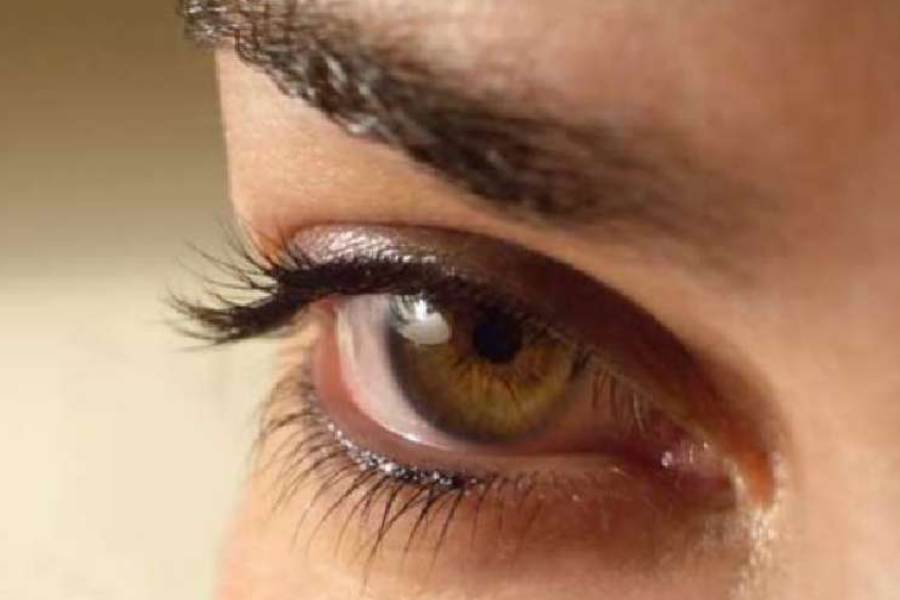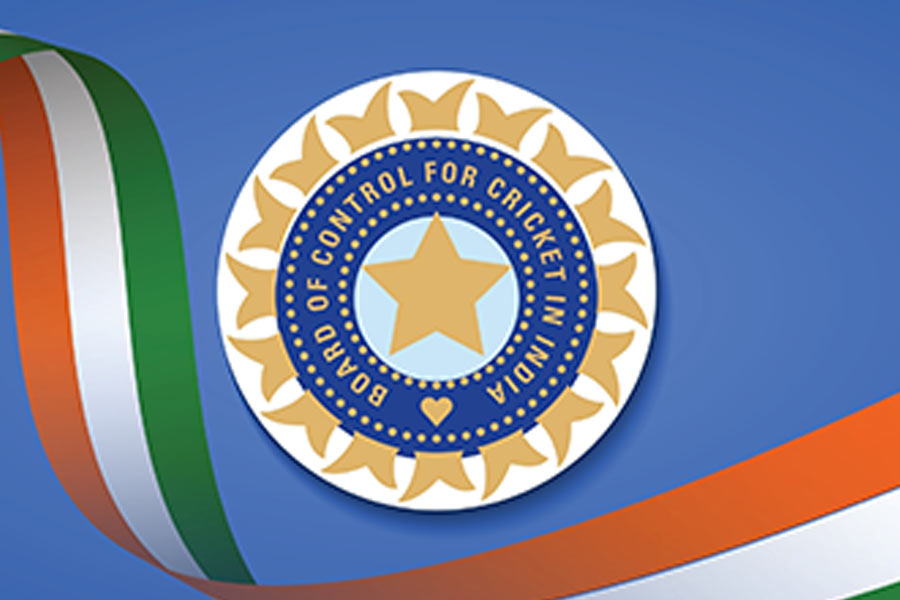Blood vessels in the eye's retina can help predict risk of stroke as accurately as known risk factors, such as high cholesterol, without requiring invasive lab tests, according to a research.
The study, published in the journal 'Heart', described a 'vascular fingerprint', comprising 29 indicators of blood vessel health.
Researchers, including those from The Royal Victorian Eye and Ear Hospital, Australia, explained that the intricate network of blood vessels in the retina shares common physical features with those in the brain.
Therefore, the retina's blood vessels are an ideal candidate for assessing the damage caused due to chronic ill-health, such as diabetes, and the approach is implementable and well-suited for primary healthcare and low-resource settings, they said.
The researchers added that previous studies have not fully explored the retina's potential in predicting the risk of stroke due to reasons including variable findings and inconsistent use of 'fundus photography' - a specialised imaging technique for the back of the eye.
For the study, the team analysed fundus images of 68,753 individuals in the UK Biobank dataset with respect to five characteristics of the blood vessel network in the retina, including density, twistedness and complexity of veins and arteries.
Over an average follow-up period of 12.5 years, nearly 750 participants were found to have had a stroke.
The researchers found a total of 118 measures that could serve as indicators of stroke risk, of which 29 were significantly associated with risk of experiencing stroke for the first time.
Of the 29 indicators of stroke risk, more than half pertained to the density characteristic, eight to complexity, three to calibre (length, diameter of blood vessels), while one was related to twistedness.
A change in the density of the blood vessels in the retina was related with a 10-19 per cent increase in stroke risk, while a change in calibre with a 10-14 per cent increase.
Further, a decrease in complexity and twistedness of the retina's vascular network was associated with an increase in stroke risk by 10.5 per cent to almost 20 per cent.
"Retinal vascular analysis, a non-invasive screening approach for stroke risk assessment, performed better than traditional risk stratification models," the authors wrote.
"Given that age and sex are readily available, and retinal parameters can be obtained through routine fundus photography, this model presents a practical and easily implementable approach for incident stroke risk assessment, particularly for primary healthcare and low-resource settings," they wrote.
Except for the headline, this story has not been edited by The Telegraph Online staff and has been published from a syndicated feed.










